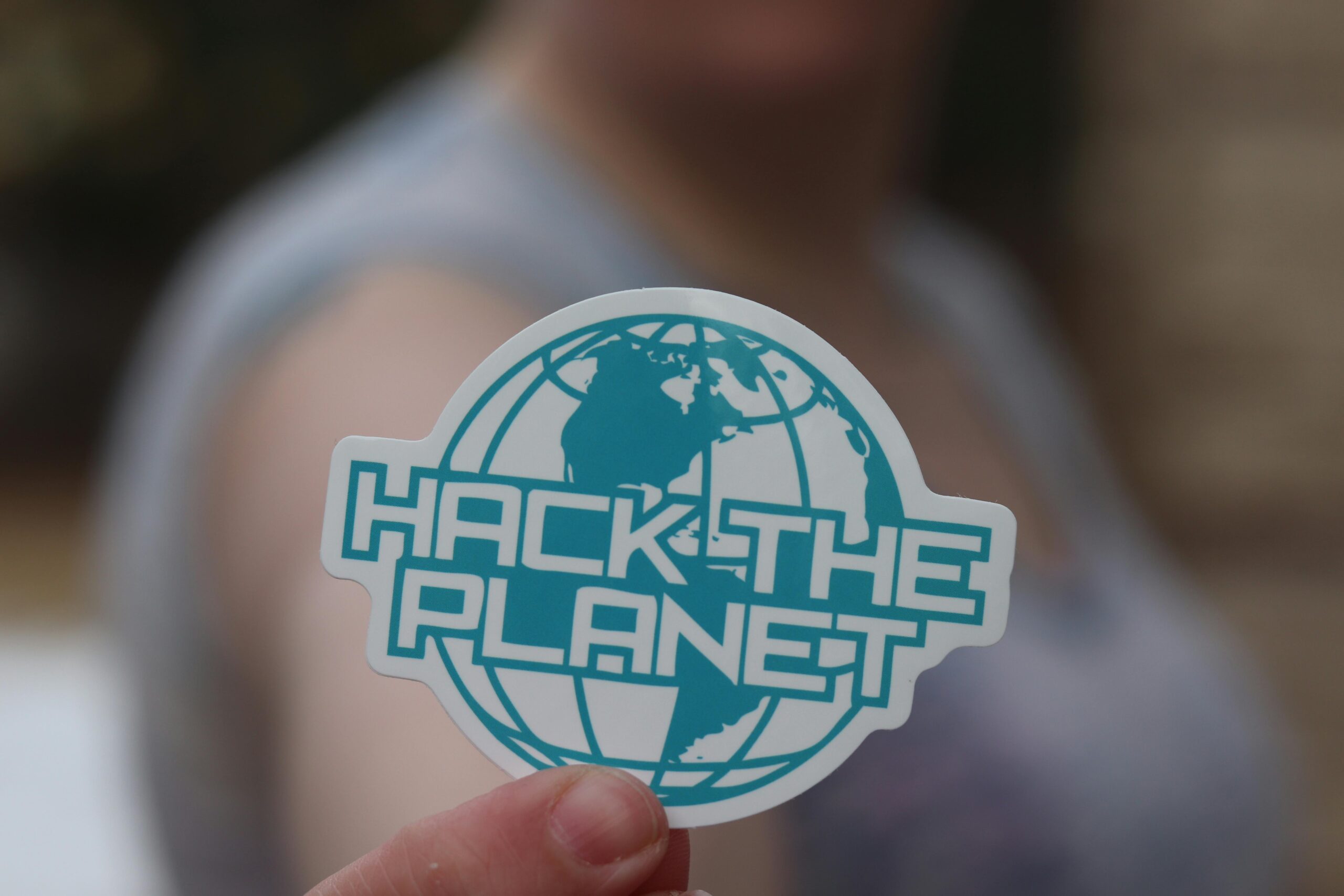Introduction to Korean Pop-up Art Exhibitions
South Korea’s vibrant art scene has seen a dynamic evolution over the past decade, with pop-up art exhibitions emerging as a compelling cultural phenomenon. These temporary showcases, often held in unconventional spaces, blur the lines between traditional galleries and immersive experiences. Pop-up art exhibitions in Korea not only highlight contemporary artists and experimental forms but also reflect the country’s rapid urbanization, technological advancements, and youthful creativity. This article explores the unique characteristics that set Korean pop-up exhibitions apart, examining their role in democratizing art access, fostering community interaction, and pushing artistic boundaries. By understanding their impact, we can appreciate how these transient yet powerful events are reshaping the art landscape in Korea and influencing global art trends.
Reimagining Spaces: The Venue as a Creative Medium
One of the defining features of Korean pop-up art exhibitions is their use of unconventional venues. Unlike traditional galleries, these exhibitions take place in abandoned warehouses, cafés, rooftops, or even pop-up tents in busy urban districts like Seoul’s Hongdae or Gangnam. The choice of space is intentional, with curators and artists transforming everyday locations into immersive art environments. This approach challenges conventional ideas about where art belongs and engages audiences in unexpected ways. By reimagining public and private spaces, Korean pop-ups create a dialogue not only with the artworks but also with the cultural and social fabric of the city. The venues themselves become part of the art, adding layers of meaning and enhancing viewer experience.
Technology and Interactivity: Pushing Artistic Boundaries
Technology plays a pivotal role in the distinctive appeal of Korean pop-up art exhibitions. Artists often incorporate augmented reality (AR), virtual reality (VR), projection mapping, and interactive installations to create multisensory experiences. This integration of technology invites audiences to engage actively rather than passively observing artworks. For instance, some exhibitions allow visitors to manipulate digital elements or step inside immersive worlds, blurring the lines between creator and viewer. Korean artists are particularly adept at blending traditional aesthetics with cutting-edge tech, reflecting the country’s leadership in innovation. This interactivity transforms exhibitions into dynamic encounters that evolve with audience participation, fostering deeper emotional and intellectual connections.
Community Engagement and Social Commentary
Pop-up art exhibitions in Korea often serve as platforms for community engagement and social critique. Many projects address pressing social issues such as mental health, environmental sustainability, and the pressures of modern urban life. By situating these exhibitions within local neighborhoods, organizers create accessible spaces for dialogue and reflection. Workshops, live performances, and collaborative art projects frequently accompany the visual displays, encouraging visitors to actively participate in conversations about societal challenges. This community-centric approach democratizes art, making it relevant and resonant beyond elite circles. Moreover, it reflects a growing trend among Korean artists and curators to harness art’s transformative power in advocating for change and solidarity.
The Role of Emerging Artists and Global Influence
Korean pop-up exhibitions play a critical role in launching the careers of emerging artists and facilitating international cultural exchanges. These temporary platforms offer experimental freedom without the constraints of traditional galleries, enabling young creators to showcase bold, avant-garde work. The global popularity of K-pop and Korean cinema has also generated heightened interest in Korean contemporary art, drawing international visitors and collaborations. Pop-up exhibitions often feature cross-cultural projects, merging local artistic traditions with global contemporary trends. This fusion not only enriches the Korean art scene but also positions it as a significant player on the world stage, attracting collectors, critics, and art enthusiasts eager to experience Korea’s innovative creative pulse.
Future Directions: Sustainability and Cultural Innovation
Looking ahead, Korean pop-up art exhibitions are poised to evolve in response to growing concerns about sustainability and the shifting cultural landscape. Many organizers are adopting eco-friendly practices, such as using recycled materials and emphasizing minimal waste, to align with global environmental movements. Additionally, the integration of digital art and online exhibition components is expanding accessibility and audience reach, especially during periods of social distancing. These trends reflect a broader commitment to cultural innovation that remains relevant and sustainable. As Korean pop-up exhibitions continue to merge art, technology, and social awareness, they exemplify a forward-thinking model for contemporary art engagement that both honors tradition and embraces change.
Temporary by nature yet powerful in impact, Korean pop-up art exhibitions encapsulate a bold redefinition of how art interacts with society, space, and technology. Through innovative venues, interactive technologies, and a strong community focus, these exhibitions challenge conventions and invite new dialogues between artists and audiences. They provide invaluable platforms for emerging talent, facilitating Korea’s rising prominence in the global art sphere, while also reflecting critical social issues through creative expression. The ongoing commitment to sustainability and cultural innovation ensures these exhibitions will continue to thrive in a rapidly changing world. Ultimately, Korean pop-up art exhibitions are not only windows into contemporary creativity but also catalysts for cultural transformation and collective experience. Their ephemeral presence leaves enduring impressions, inspiring both artists and viewers alike.
